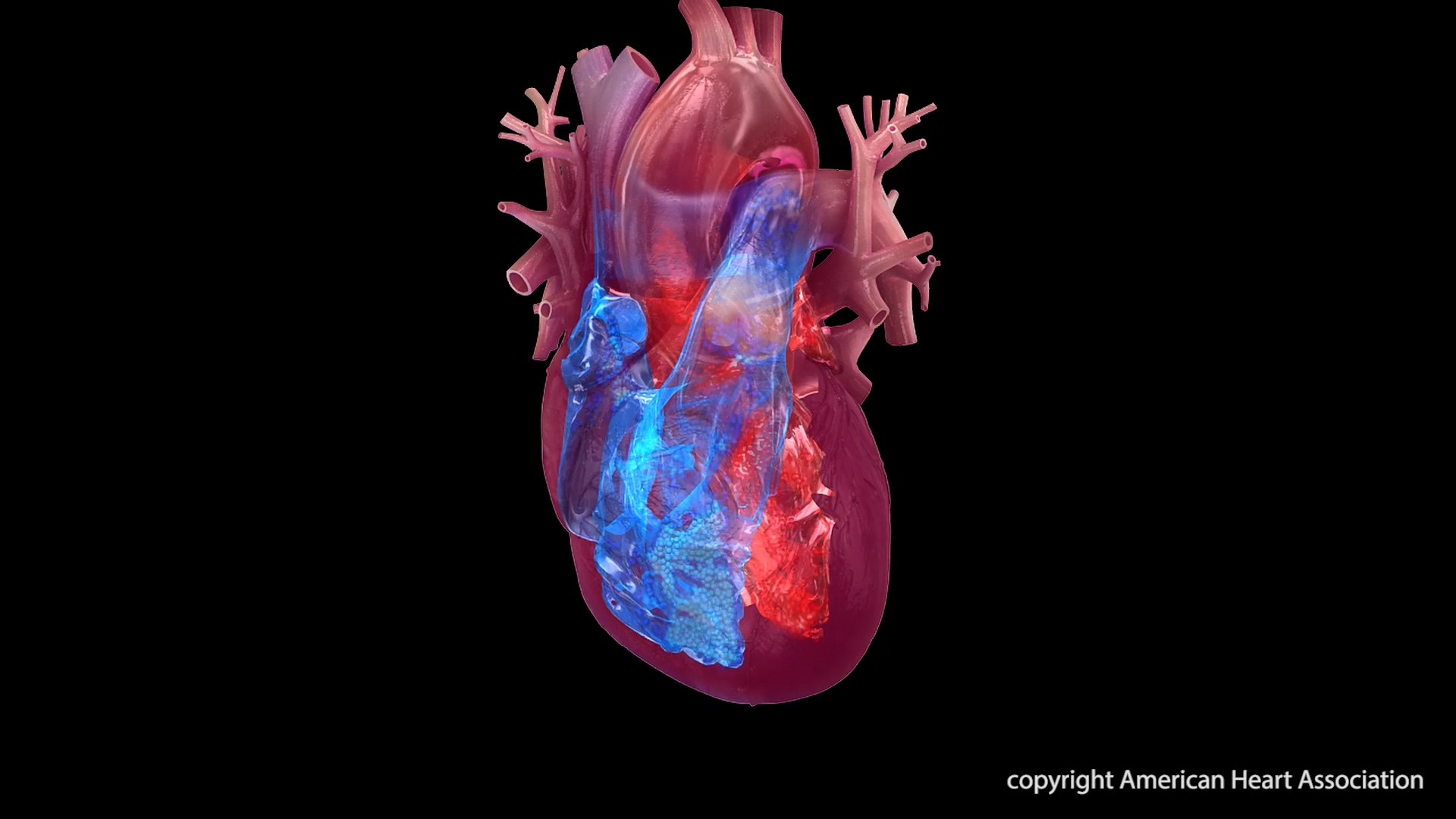
Atrial Dysfunction Assessment May Help Predict Stroke Risk in Transthyretin Amyloid Cardiomyopathy Patients
TL;DR
A new risk assessment tool helps identify ATTR-CM patients at highest stroke risk, enabling targeted preventive treatments for better clinical outcomes.
Researchers developed a noninvasive echocardiogram tool measuring atrial contraction function to predict stroke risk in transthyretin amyloid cardiomyopathy patients.
This research advances stroke prevention for heart disease patients, potentially saving lives and reducing disability through early risk identification.
A hidden heart pumping glitch triples stroke risk in certain patients, revealed by a novel assessment method from UK researchers.
Patients with transthyretin amyloid cardiomyopathy who experience mechanical dysfunction in the atrial chamber of their heart face significantly elevated stroke risk, according to research to be presented at the American Heart Association's Scientific Sessions 2025. The study suggests that a noninvasive assessment tool may help identify those at highest risk who could benefit from preventive measures.
Transthyretin amyloid cardiomyopathy is a progressive condition where misshapen transthyretin protein accumulates in the heart, stiffening heart walls and making it difficult for the left ventricle to relax and fill with blood. Patients face significant risk of stroke or transient ischemic attack, even when maintaining regular heart rhythm. The condition has historically been considered rare but is often underrecognized, making actual prevalence difficult to determine.
Researchers analyzed health records of more than 2,300 adults with transthyretin amyloid cardiomyopathy from the U.K. National Amyloidosis Centre between 2003 and 2023. Approximately one in eight patients with regular heart rhythm had atrial electromechanical dissociation, a condition where the atrium appears normal on electrocardiogram but does not contract and pump blood effectively.
During nearly three years of follow-up, patients with poor atrial contraction were more than three times as likely to experience stroke or transient ischemic attack compared to those with normal heart rhythm and effective atrial contraction. These individuals were also more likely to develop atrial fibrillation during follow-up. In the highest-risk group with poor contraction, the stroke rate reached approximately nine strokes per 100 people annually.
The research team developed a risk-prediction tool using two measures widely available on echocardiograms to assess mechanical function of the atrial chamber. Stroke risk increased steadily as the atrium's ability to squeeze weakened, with the risk pattern consistent across different genetic subtypes of ATTR amyloidosis and various disease stages.
Aldostefano Porcari, M.D., Ph.D., consultant cardiologist at Cardiovascular Department, University of Trieste, Italy, and researcher at the National Amyloidosis Centre, University College London, explained that these findings shift attention from rhythm function to how well the atrium actually squeezes. The study indicates atrial contraction may matter as much as heart rhythm in predicting risk, potentially guiding earlier conversations about preventive strategies including anticoagulation medications.
Fernando D. Testai, M.D., Ph.D., FAHA, vice-chair of the American Heart Association's Brain Health Committee, noted that patients with amyloid cardiomyopathy who remain in sinus rhythm still exhibit significantly elevated stroke risk compared to the general population. He emphasized the need for novel strategies to identify high-risk individuals who may benefit from anticoagulation, even without atrial fibrillation. However, he noted challenges including the specialized nature of speckle-tracking strain echocardiography used in the study and the need for validation in larger, independent groups.
The study included 2,310 adults with transthyretin amyloid cardiomyopathy, with average age of 76 years and 86% male participants. About 75% had the wild-type form that develops with aging rather than being inherited. Over 34 months of observation, 5% of patients experienced stroke or transient ischemic attack and 31% developed atrial fibrillation.
As an observational study, the research cannot prove cause and effect. The next step involves conducting a prospective, multicenter study to investigate how the assessment tool works and whether preventive anticoagulation can lower stroke risk in people with atrial electromechanical dissociation. Researchers aim to generate practice-ready evidence that can guide individualized decisions and help prevent disabling or fatal cerebrovascular events.
The American Heart Association's Scientific Sessions 2025 meeting, scheduled for November 7-10 in New Orleans, serves as a premier global exchange of the latest scientific advancements, research and evidence-based clinical practice updates in cardiovascular science. Additional information about the association's mission and resources is available at https://www.heart.org.
Curated from NewMediaWire
